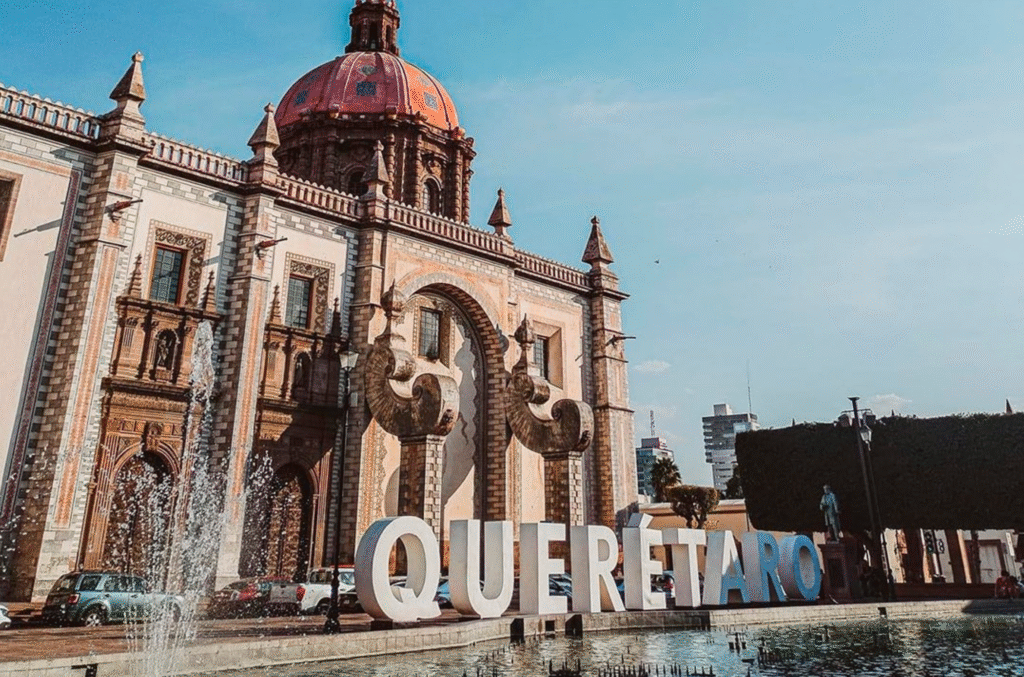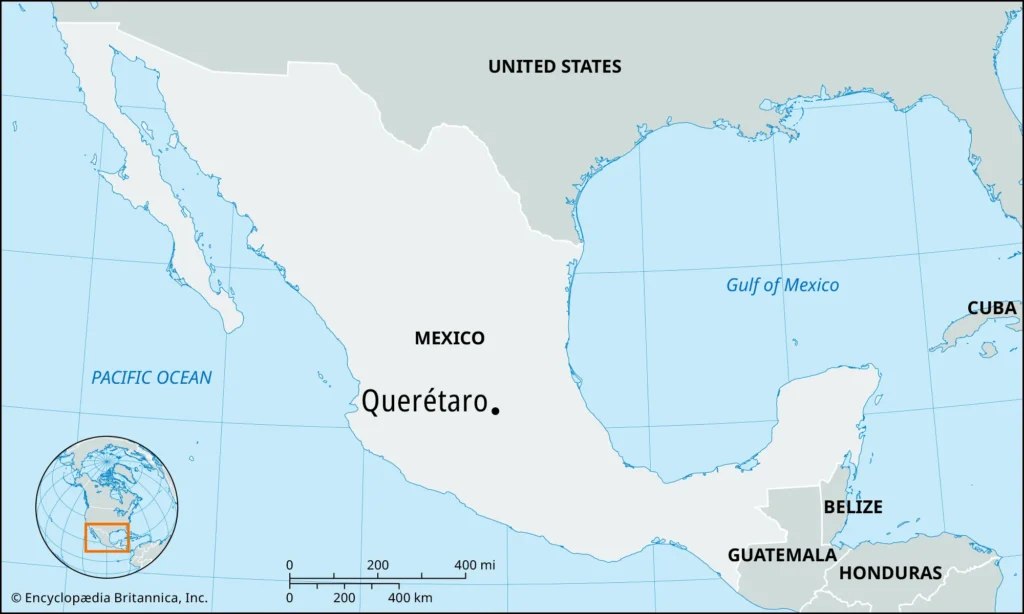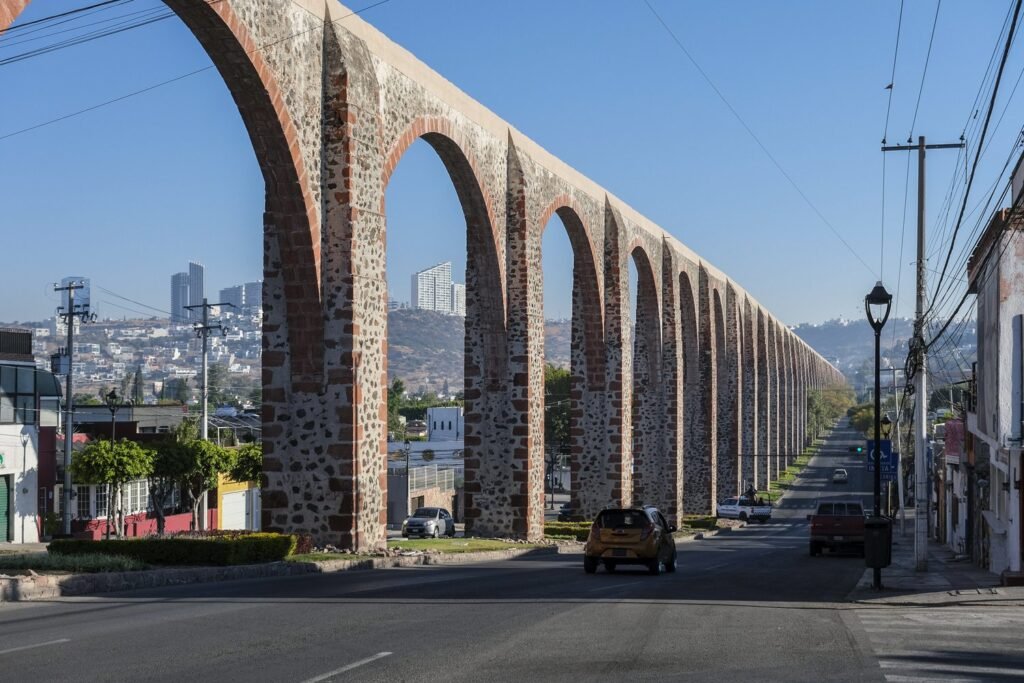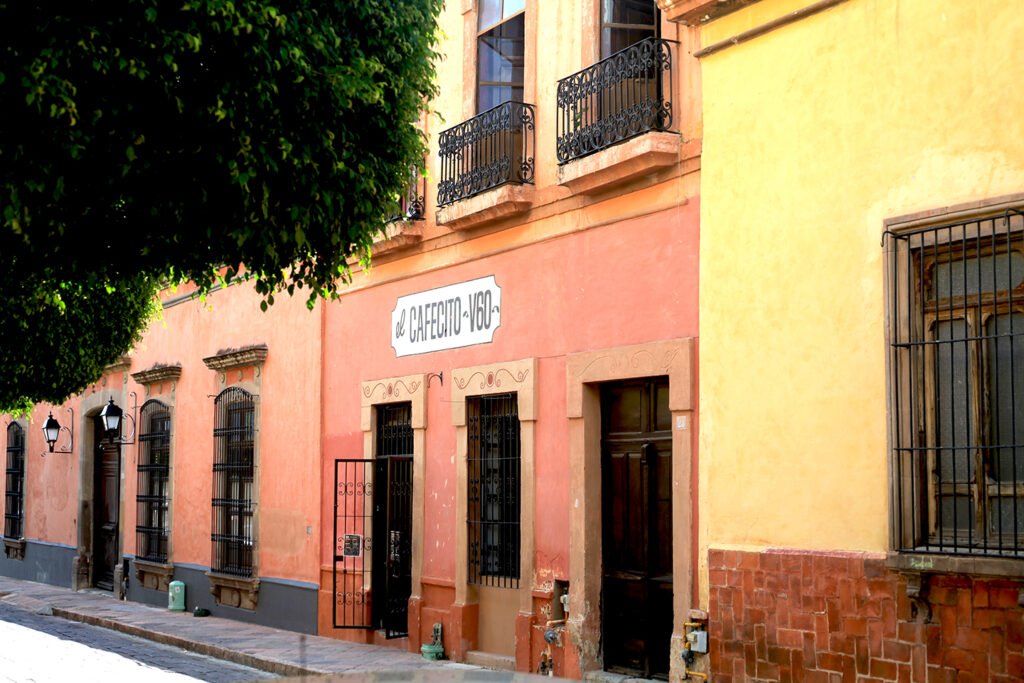
In the heart of central Mexico lies Querétaro, a city whose layered history and architectural elegance have earned it a place among the country’s most culturally significant destinations. Long before Spanish colonization, the region was home to Otomí and Chichimeca peoples, whose settlements date back to at least 500 BCE. These indigenous groups cultivated the land and traded with neighboring civilizations, including Teotihuacan and later the Mexica and Tarascans. Their legacy remains visible in archaeological sites such as El Cerrito, a pre-Hispanic pyramid complex just outside the city.
The city of Santiago de Querétaro was officially founded in 1531, following a dramatic encounter between Spanish forces and native allies. According to legend, a solar eclipse and a vision of Saint James the Apostle led to the peaceful surrender of the local population. The city quickly became a hub for agriculture, commerce, and religious life. Its aqueduct, completed in 1736, remains one of the city’s most iconic landmarks, stretching over 1,200 meters with 74 arches that once carried water from nearby springs.

Querétaro played a pivotal role in Mexico’s fight for independence. In 1810, secret meetings held in the Casa de la Corregidora helped ignite the rebellion against Spanish rule. Josefa Ortiz de Domínguez, a key conspirator, famously alerted insurgents to the danger, enabling the launch of the movement that would reshape the nation. The city’s strategic importance earned it the title “third city of the kingdom” after Mexico City and Puebla.
Throughout the 19th century, Querétaro remained central to national events. It briefly served as Mexico’s capital during the U.S. invasion and was the site of the signing of the Treaty of Guadalupe Hidalgo in 1848. In 1867, Emperor Maximilian was executed on Cerro de las Campanas, marking the end of French intervention. Fifty years later, the Mexican Constitution of 1917 was drafted and signed in the city’s Teatro de la República, cementing its legacy as a cradle of political transformation.

Today, Querétaro’s historic center is a UNESCO World Heritage Site, celebrated for its colonial architecture and vibrant cultural scene. Landmarks such as the Temple of Santa Rosa de Viterbo, with its ornate baroque façade, and the Plaza de Armas, the city’s lively main square, offer visitors a glimpse into centuries of history. The Regional Museum, housed in an 18th-century building, showcases artifacts from pre-Hispanic to modern times.
Querétaro’s historical legacy is matched by its dynamic economic growth. Once a colonial stronghold and cradle of independence, the city has evolved into one of Mexico’s most competitive and fast-growing regions. In recent years, Querétaro’s GDP growth has consistently outpaced the national average, reaching 4.1 percent in the third quarter of 2023 compared to Mexico’s overall 3.3 percent. The state has become a magnet for foreign direct investment, attracting over $1 billion in 2024 alone. Key sectors include aerospace, automotive, IT services, and advanced manufacturing, with major international firms establishing operations in the region. Querétaro’s exports totaled $18.2 billion in 2024, led by motor vehicle parts, gas turbines, and refrigeration equipment.

Infrastructure and connectivity have played a major role in this expansion. The city’s strategic location near Mexico City, combined with modern highways and industrial parks, has made it a hub for logistics and commerce. Employment figures reflect this momentum: over 73,000 jobs were created in Querétaro in the final quarter of 2023, accounting for nearly 8 percent of all new jobs in Mexico during that period.
Querétaro continues to balance its rich heritage with forward-looking development, standing as a compelling example of how history and innovation can thrive side by side.
You may be interested in: Zibatá, the exclusive planned community in the Querétaro hills


